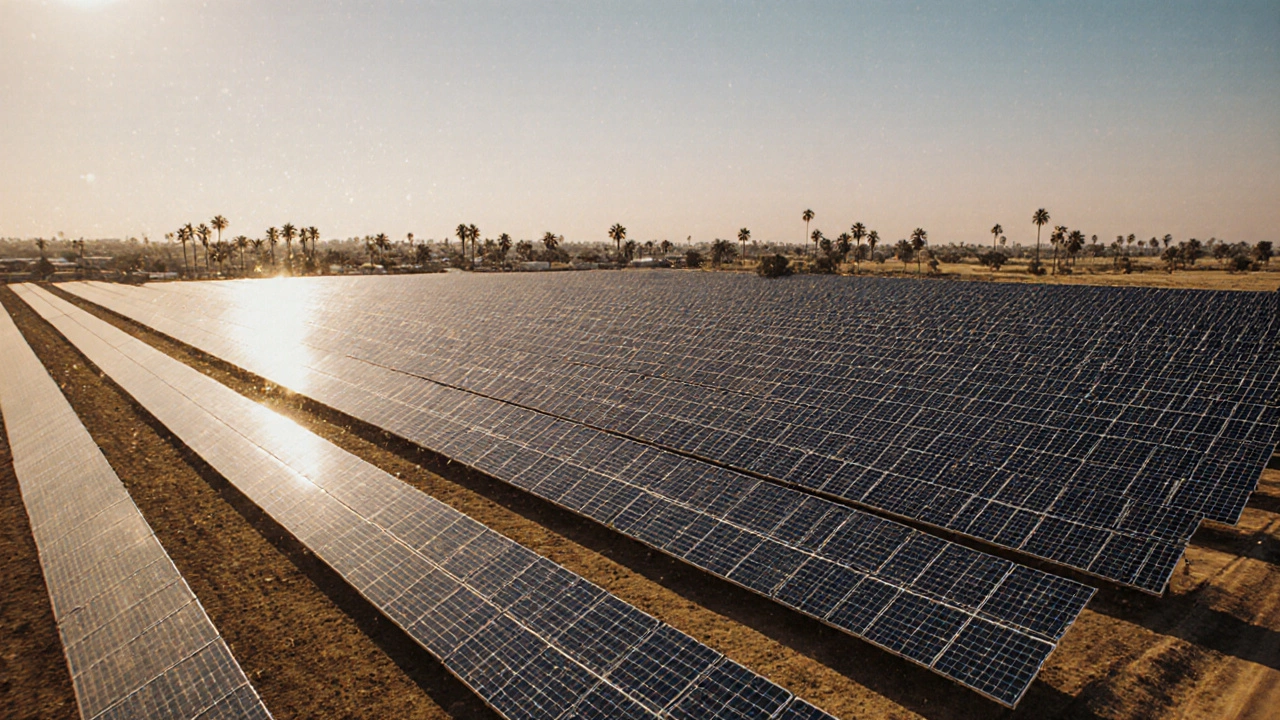Solar Power Adoption in India: Costs, Challenges, and Real-World Progress
When we talk about solar power adoption, the process of integrating solar energy systems into homes, businesses, and grids across a region. Also known as solar energy uptake, it’s not just about installing panels—it’s about changing how people think about electricity, who pays for it, and who keeps it running. In India, this isn’t a future dream. It’s happening right now, in villages without grid access, in factories cutting bills, and in state-level policies pushing for cleaner power.
But adoption doesn’t happen just because solar is cheaper. renewable energy cost, the total price of generating electricity from sources like sun and wind over their lifetime has dropped below coal in most of India, but that’s only the start. The real hurdle is technology transfer, the movement of solar tech from labs and manufacturers to local users who need it. Many projects fail because the people installing the panels don’t know how to fix them. Or the local government doesn’t have staff to maintain the inverters. Or the financing model doesn’t match how farmers or small shop owners actually pay their bills. Real adoption needs more than subsidies—it needs local training, simple repair networks, and trust.
And it’s not just about the tech. clean energy savings, the money households and businesses keep by switching from grid power or diesel to solar can be life-changing. A small business that cuts its electricity bill by 40% can reinvest that into hiring help or buying new equipment. A school with solar power can run fans and computers without relying on erratic grids. But these savings only matter if the system lasts. That’s why the best solar projects aren’t the biggest—they’re the ones where someone local is trained, paid, and empowered to keep them working.
What you’ll find in the posts below aren’t generic stats or hype. They’re real stories from India’s energy shift: how solar became the cheapest option, why some tech fails to stick, and how the people who use it every day are the ones who make it work. You’ll see how financing, maintenance, and local partnerships matter more than panel efficiency ratings. And you’ll understand why the biggest wins aren’t in cities—they’re in places where the grid never reached, and solar became the first real source of power.




